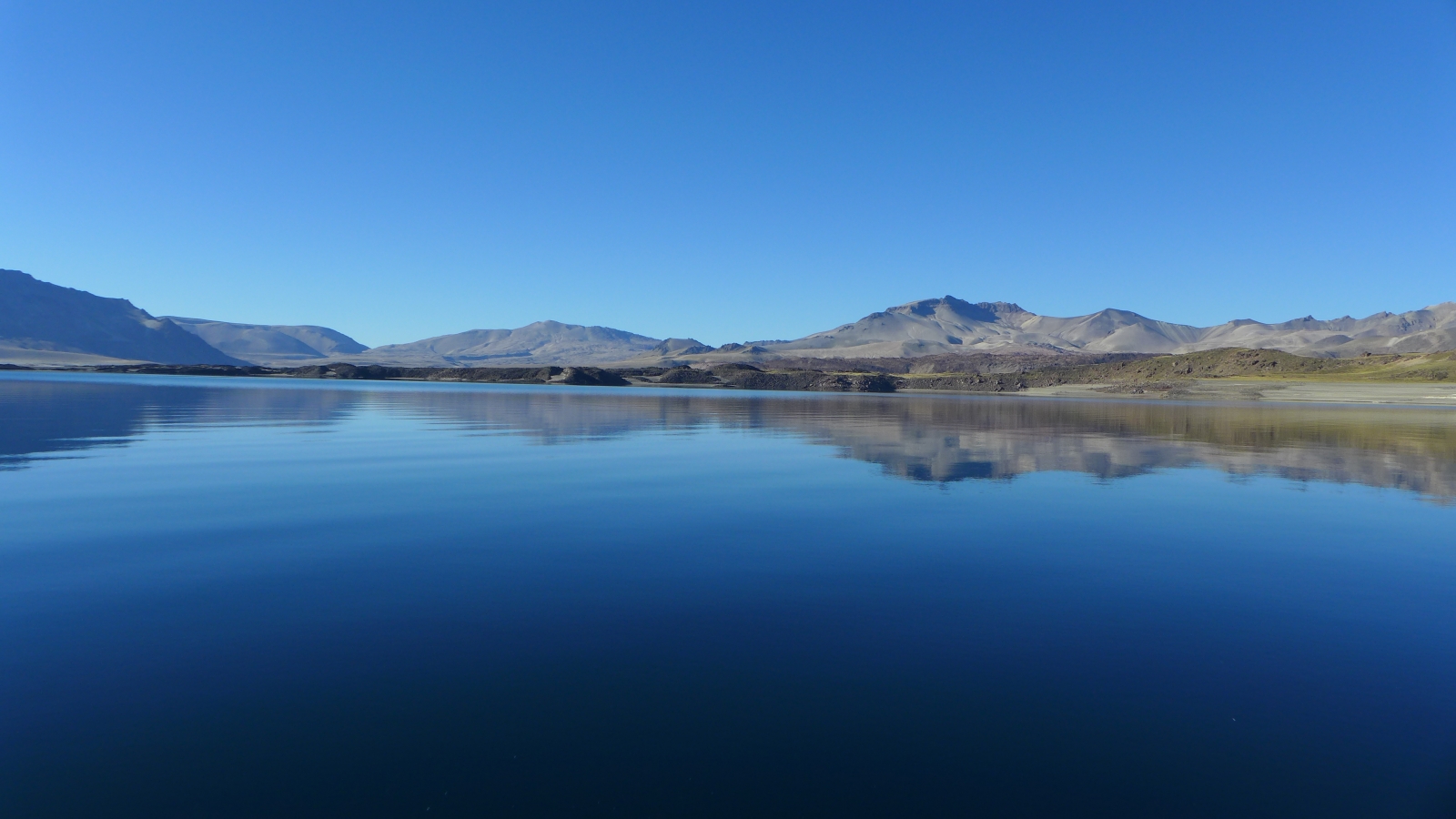Chile: Mega volcano field 'could trigger eruption 100 times larger than Mt St Helens'
- By Hannah Osborne December 2, 2014

A mega volcano field in Chile has the potential to trigger an eruption 100 times bigger than that seen at Mount St Helens, experts have said.
The Laguna del Maule region in the Andes hosts a volcano field including an oval-shaped magma body six miles long and three miles wide, which could produce a massive eruption.
Over the last seven years, an area covering about 85sq/m has been rising by 10 inches per year – uplift almost definitely due to a large intrusion of magma beneath the volcanic complex.
Published in the Geological Society of America's GSA Today, researchers say the volcanic complex offers them the opportunity to study a mega-volcano before it erupts.
Brad Singer, from the University of Wisconsin-Madison, said: "We've always been looking at these mega-eruptions in the rear-view mirror. We look at the lava, dust and ash, and try to understand what happened before the eruption.
"Since these huge eruptions are rare, that's usually our only option. But we look at the steady uplift at Laguna del Maule, which has a history of regular eruptions, combined with changes in gravity, electrical conductivity and swarms of earthquakes, and we suspect that conditions necessary to trigger another eruption are gathering force."
The rate of uplift is among the highest ever observed by satellites for a volcano that is not actively erupting.

The volcano itself looks nothing like a cone-shaped classic volcano. This is mainly because of the nature of the molten rock beneath – rhyolite – the most explosive type of magma on the planet.
A rhyolite eruption is too fast and violent to build up into a cone and often explodes into huge quantities of ash that form huge deposits, which is followed by a flow of magma that can be up to 20m high and a mile in length.
It has erupted 36 times in the last 25,000 years and Singer says the next could be huge: "We know that over the past million years or so, several eruptions at Laguna del Maule or nearby volcanoes have been more than 100 times larger than Mount St. Helens. Those are rare, but they are possible."
This would lead to changes to the weather and ecosystems, as well as economic damage.
Researchers plan to monitor the area for the next five years to document the volcano's behaviour before an eruption. This includes tracking multiple earthquakes that take place over the magma body.
"The rate of uplift - among the highest ever observed -- has been sustained for seven years, and we have discovered a large, fluid-rich zone in the crust under the lake using electrical resistivity methods. Thus, there are not many possible explanations other than a big, active body of magma at a shallow depth.
"One thing we know for sure is that the surface cannot continue rising indefinitely."
--
__._,_.___

No comments:
Post a Comment